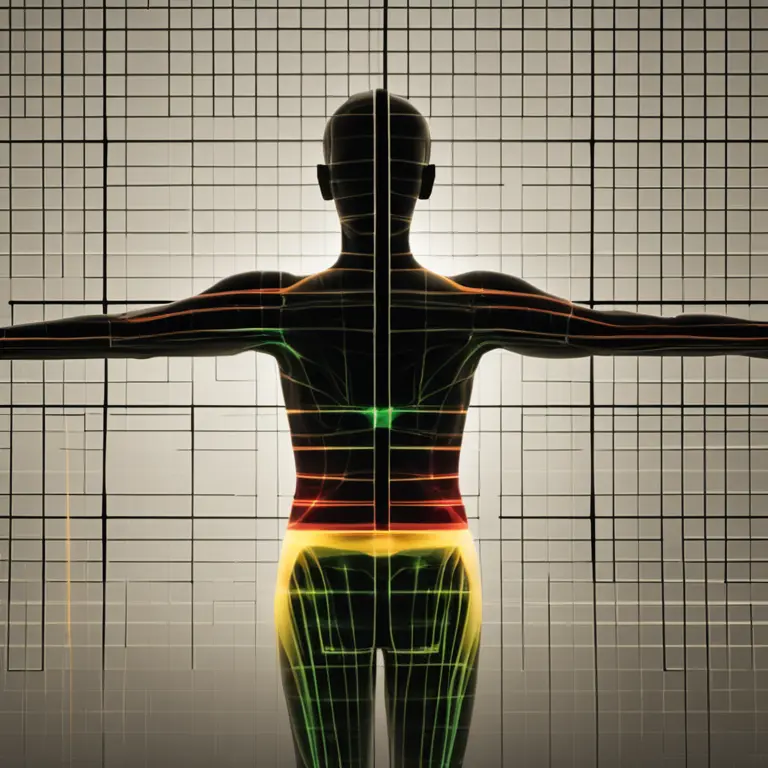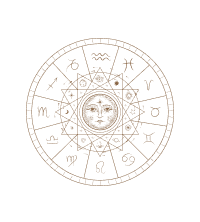
Meditation Practices for Managing Pain
Discover effective meditation practices that can help you manage pain and enhance your wellbeing, grounded in contemporary mindfulness approaches.
article by Hina Kurosawa
Introduction to Meditation and Pain Relief
In recent years, the intersection of meditation and pain management has sparked considerable interest within the medical and wellness communities. This ancient practice, now buttressed by modern science, offers viable strategies for individuals grappling with chronic pain. Meditation does not merely provide a psychological respite from discomfort; it actively engages the brain and body in a transformative healing process. The methodologies outlined herein adhere to the latest understandings of neuroplasticity and pain perception, offering readers a grounded and practical approach to pain management in 2024 and beyond.

The Science Behind Meditation and Pain
Recent studies illuminate the profound effect of meditation on the brain's pain processing centers. Techniques such as mindfulness meditation have been shown to reduce the subjective experience of pain by altering neural pathways. These adjustments in brain activity can diminish pain intensity and improve pain-related anxiety and depression. Moreover, the practice of meditation fosters a more nuanced awareness of body sensations, allowing individuals to disentangle their physical sensations from the emotional and cognitive responses that often amplify pain.

Getting Started with Mindfulness Meditation
Mindfulness meditation forms the bedrock of meditative practices tailored for pain management. To begin, find a quiet space where you can sit or lie down comfortably. Close your eyes and focus on your breath, observing the inhalations and exhalations without judgment. As you settle into the rhythm of your breathing, gently acknowledge any areas of pain in your body. Observe these sensations without resistance or the impulse to label them as 'bad'. This non-reactive presence helps cultivate a detached and empowering perspective on pain.

Body Scan for Physical Awareness
The Body Scan is a focused meditation practice wherein you direct your attention to different parts of the body sequentially. Starting from your toes and moving upward, notice any sensations, tensions, or discomfort without trying to change them. This technique not only fosters deeper body awareness but also promotes relaxation and can lead to a reduction in the intensity of pain. Repeat the body scan daily to enhance its benefits and strengthen your mind-body connection.

Visualization for Pain Alleviation
Visualization is another powerful meditation tool. As you meditate, envision a healing light or energy permeating the painful areas of your body. Imagine the pain diminishing with each breath as the healing light intensifies. You can also visualize yourself in a serene location, free from discomfort. Through such constructive imagery, you can create positive mental states that can have analgesic effects.
Loving-kindness Meditation for Emotional Relief
Loving-kindness meditation can be particularly effective for the emotional turmoil that often accompanies chronic pain. Begin by cultivating feelings of kindness and compassion towards yourself, acknowledging your experience without self-judgment. Gradually extend these sentiments to others, fostering a sense of connectedness and emotional support. This practice not only alleviates emotional distress but can also shift your relationship with pain, from one of isolation to one of shared human experience.
Integrating Meditation into Daily Life
To truly reap the benefits of meditation for pain management, consistent practice is key. It need not be time-consuming—daily sessions as brief as 10 minutes can yield significant results. Consider integrating mindfulness into daily activities, such as while eating or walking, remaining present and attentive to the sensations and experiences of the moment. This ongoing mindfulness can heighten your overall quality of life and can provide a sustained approach to dealing with pain.
Conclusion
Meditation offers a holistic and non-invasive approach to pain management, fine-tuned by current scientific understanding. By mastering the techniques of mindfulness meditation, body scans, visualization, and loving-kindness, you're well-equipped to face the challenges of pain with resilience and grace. Remember, the journey is as personal as it is profound; be patient and compassionate with yourself as you explore these practices.
Published: 2/12/2024
Modified: 2/12/2024
More predictions
Come back here soon to learn more about yourself and your future


Meditation: From Turmoil To Tranquility
James lived in the heart of the bustling city, surrounded by skyscrapers that seemed to touch the heavens and streets that never slept. Every morning, as the city roared to life, so did the storm inside James. A whirlwind of thoughts, worries, and fears that left him feeling trapped in his own mind. Deadlines, bills, relationship woes - the list seemed endless, and the weight of the world pressed heavily on his shoulders.


The Serenity of Meditation Music: An Ethereal Journey
Discover how meditation music can enhance your spiritual practices, support stress relief, and align with astrological energies for a harmonious life.


The Impact of Meditation
Delve into the heart of meditation and its profound impact on mind, body, and spirit in our fast-paced world.